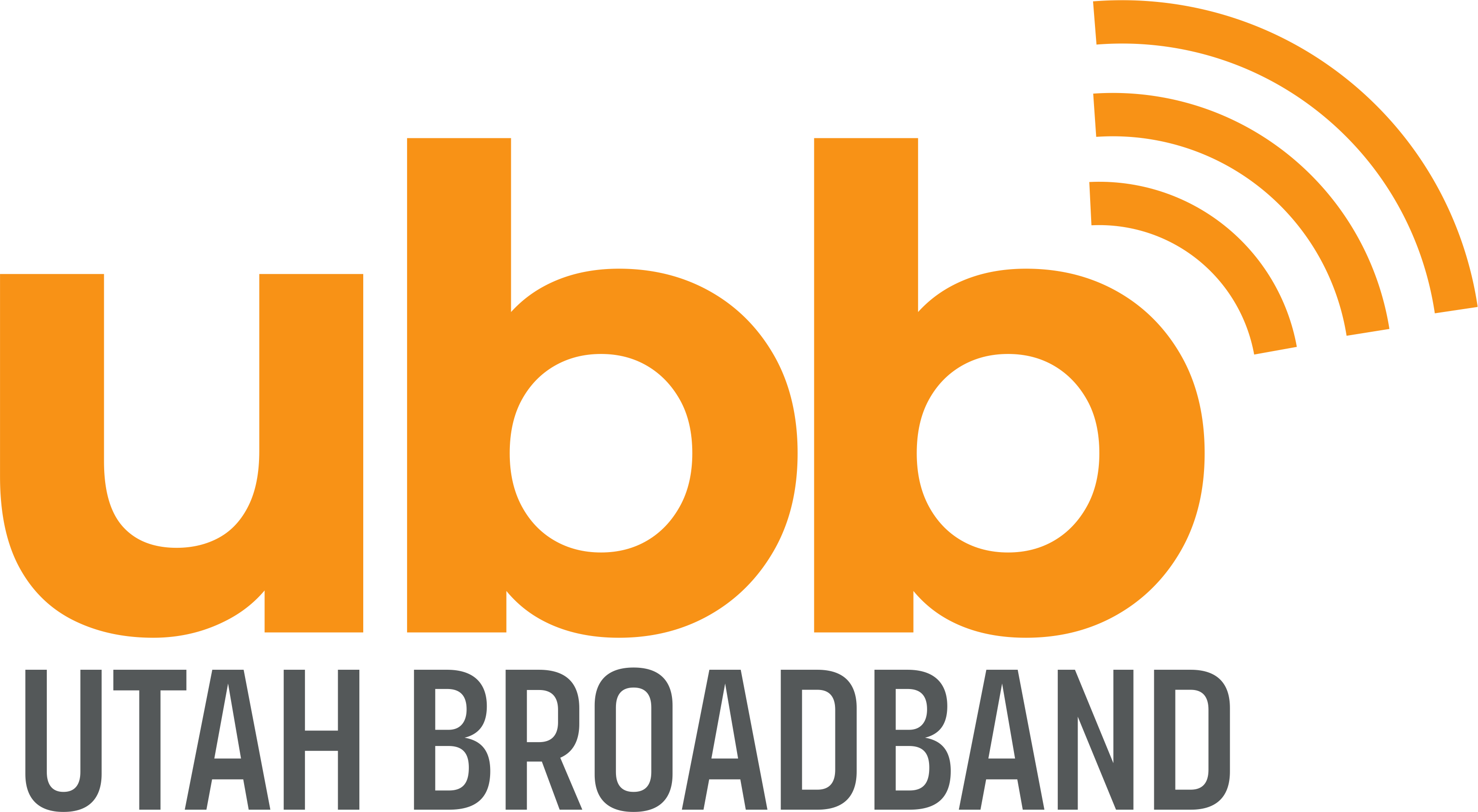The year 2020 introduced us to many new things, one of them being distance learning while schools go virtual. With the pandemic continuing on, it doesn’t look like virtual schooling at home is going anywhere. This might be taking a toll on your internet, and you might need more bandwidth and speed. Here are a few things to consider when you need better and faster internet for work, school and leisure within your home.
Consider How Many People Will Be Using Your Internet
The first thing to think about is how many people are in your home, and do they all use the internet? If you, your spouse and your kids are all working or doing school from home, that’s going to take significantly more bandwidth and speed than it did when just one person or nobody was at home all day. It’s also important to keep in mind that work and school aren’t the only things that require the internet. Do you have gamers in your home, and do you stream movies/media? There are other sneaky devices you might not think about that run on the internet as well. If you have smart devices such as thermostats, cameras, doorbells, Alexas, etc. those all run on Wi-Fi as well.
Also, make sure to take into consideration what your children’s schooling needs are. Do they need video capabilities, or are they just doing digital work? This will determine how much bandwidth you’ll need.
How Do Kids Use the Internet for School?
As mentioned above, there are a few ways that kids can use the internet for remote learning. Depending on their grade level and the type of class, they might need more or less bandwidth. For example, if they’re on a Zoom video call all day, that will take more speed than simply using word processing software and turning in assignments to a teacher. Some classes offer gamified learning, which can also take up more speed and data. As you’re deciding on the bandwidth, speak to each of your children about the types of work and video/game capabilities they might be using during at-home learning.
What Connection Type of Internet Would Work Best?
Depending on how much internet you’re using and what you are using it for, there are several different connection types to consider. The first is a cable connection. This is often through your cable provider, and it runs through the wiring from your cable TV. It’s typically fast and secure, so it would be good for video meetings, gamified learning and word processing. However, keep in mind that this connection can be slowed if many people in your area are using it all at once.
Another option to consider is DSL internet. It uses the phone lines to connect you to the internet, but it doesn’t tie up the phone line like our old friend, dial-up. DSL is usually pretty speedy and good for most mediums of online learning. However, DSL can sometimes come with data caps so keep that in mind if your household uses a lot of data.
There’s also a fiber optic or fiber connection. It runs through fiber optic cables and is some of the fastest internet around. The problem is that the upfront cost can be a bit hefty. Once it’s installed, though, it’s a great choice.
While there are other connection types, these three tend to be more prevalent and should work well for most at-home learning scenarios.
What Speed of Internet Do You Really Need?
So what speed of internet do you really need? If you’ve considered how many people will be using the Wi-Fi, what they’ll be using the Wi-Fi for, and how many devices will be on your Wi-Fi, that’s a great start. It’s important to talk with your internet service provider about all of these factors. If you’re looking for a few examples of how much speed is used for certain activities, here are a few. Simply checking your email would be around 1 Mbps and simple web browsing will be around 5Mbps. Streaming video and video meetings will be around 20Mbps. If you have a gamer in your household, that’ll be around 20Mbps. Lastly, if you or any of your family members enjoy streaming, that will be around 35 Mbps. So, keep these numbers in mind as you make your choice.
It’s also important to note that you should look at the upload and download speeds. Don’t know the difference? Here’s a quick explanation. The download speed is how fast data populate onto your device. The upload speed is how fast your internet can send data from your device out to the internet. Both download and upload speeds are super important even if the download speed is usually the more talked about of the two.
Making sure you have enough bandwidth and speed to go around is important. Interruptions to your children’s schooling or your work can be greatly minimized if you have the right kind of home internet connection and speed. Let Utah Broadband help you make sure your internet is running smoothly.


